In crane truck operations, precision is everything. Whether lifting heavy machinery, transporting construction materials, or manoeuvring delicate equipment, one critical factor determines stability, safety, and efficiency: proper load balancing. However, many businesses overlook this fundamental aspect, leading to costly mistakes, regulatory penalties, and even life-threatening accidents.
For businesses relying on crane trucks, understanding how to distribute loads correctly is not just a best practice. It is an operational necessity. Delve into the importance of weight balancing, the key factors affecting crane truck load capacities, and the best strategies to ensure optimal performance with our team at Ultimate Crane Trucks.
Understanding Crane Truck Load Capacity
Every crane truck has a maximum load capacity, which determines how much weight it can lift and transport safely. Exceeding this capacity is one of the leading causes of equipment failure and accidents. Operators and business owners must account for various factors to ensure compliance and operational efficiency.
What are the load limits of a crane truck?
Crane truck load capacities vary significantly based on the truck type, model, and configuration.
- Light-duty crane trucks: They can typically handle 500 kg to 1 tonne, ideal for smaller construction projects and logistics.
- Medium-duty crane trucks: These crane trucks have a lifting capacity of 1 to 2 tonnes, suited for commercial and industrial applications.
- Heavy-duty crane trucks: These crane trucks are often used for infrastructure projects and oversized cargo. They can manage loads above 2 tonnes.
Key factors affecting load distribution:
- Boom length and configuration
Boom length affects leverage forces, with longer booms requiring greater counterbalancing to prevent tipping. Additionally, telescopic booms extend straight out, while knuckle booms articulate, causing shifts in the centre of gravity. Operators must adjust to these factors accordingly.
- Load distribution and centre of gravity
A crane truck’s centre of gravity (COG) must remain balanced to ensure stability. Keeping the COG low and centred improves safety and efficiency.
- Terrain and ground conditions
Proper site assessment is crucial before lifting. Uneven or soft ground like gravel, sand, and mud can cause instability, tilting, or truck subsidence under heavy loads.
- Crane positioning and boom angle
Poor crane positioning can lead to excessive boom extension or extreme angles, straining the chassis.
- Unbalanced rope reeving
Incorrectly threaded wire ropes can cause uneven lifting, sudden swings, and mechanical wear. Proper reeving ensures controlled, smooth movements, reducing the risk of load instability.
- Axle weight distribution
Uneven axle loading can lead to compliance violations, steering issues, and mechanical strain. Overloaded rear axles also reduce manoeuvrability, while front-light configurations impact control.
Key Benefits of Proper Crane Truck Weight Balancing
1. Improved safety for operators and worksites and stability during operations
Incorrect weight distribution is one of the most dangerous risks in crane truck operations. An unbalanced load can suddenly shift, causing loss of control, dropped materials, or complete vehicle overturn. By following proper load balancing protocols, businesses reduce the risk of site accidents, protecting both workers and equipment.
2. Proved boom and hydraulic system performance
Crane trucks rely on hydraulic systems to support and extend the boom under heavy loads. If weight is not evenly distributed, the system must work harder to compensate, leading to:
- Reduced lifting efficiency, as more hydraulic force is required.
- Faster wear on stabilisers and hydraulic cylinders.
- Potential failure of hydraulic components over time.
By maintaining proper weight distribution, crane trucks operate within their designed lifting parameters, improving long-term reliability.
3. Optimised axle load distribution or transport
Beyond lifting operations, weight balance also plays a critical role in how a crane truck handles on the road. Uneven weight distribution can cause excessive strain on specific axles, leading to poor suspension performance, increased tire wear, and reduced braking efficiency. This not only makes manoeuvring more difficult on job sites but also affects road stability when transporting materials between locations.
By evenly distributing weight, crane trucks maintain predictable handling, ensuring safer and more reliable transport.
4. Reduced swing and load instability
An imbalanced load can create excessive movement in the boom, making it harder for operators to position materials accurately. Load sway reduces precision, increases cycle times, and puts unnecessary stress on the crane’s structure.
Proper weight balancing minimises these risks, allowing for smoother and more controlled lifts that keep operations running efficiently.
5. Extended equipment lifestyle and lower maintenance costs
Unbalanced loads accelerate wear and tear on multiple components, including hydraulic systems, stabilisers, and counterweights. Over time, this leads to higher maintenance costs, more frequent repairs, and potential downtime.
By ensuring proper load distribution, businesses can extend the lifespan of their crane trucks, reducing the likelihood of unexpected breakdowns and keeping operations on schedule.
Ensure Safety and Efficiency with Proper Weight Balancing
Proper weight balancing is not just about compliance. It is essential for ensuring workplace safety, minimising operational costs, and maximising crane truck performance.
At Ultimate Crane Trucks, we ensure that every lift is precisely balanced and compliant with Australian regulations. Our experienced operators and modern crane-mounted fleet guarantee seamless, efficient, and safe material handling.
Need expert crane truck solutions for your next project? Contact us at Ultimate Crane Trucks today!

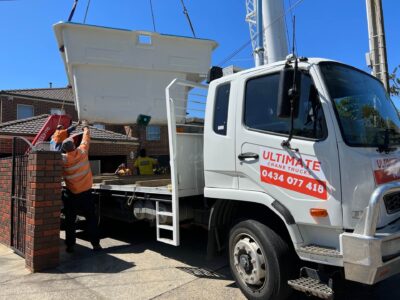
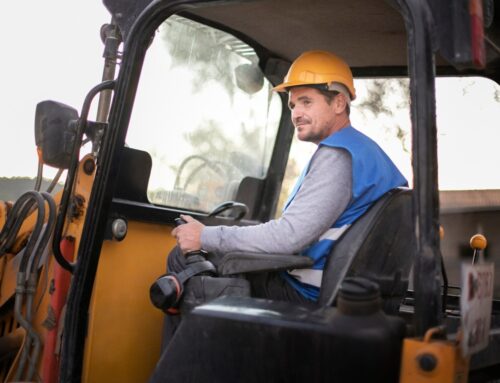
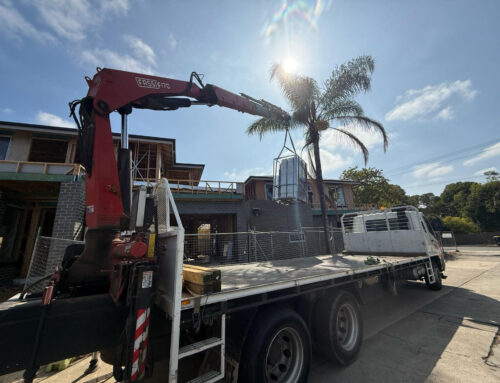
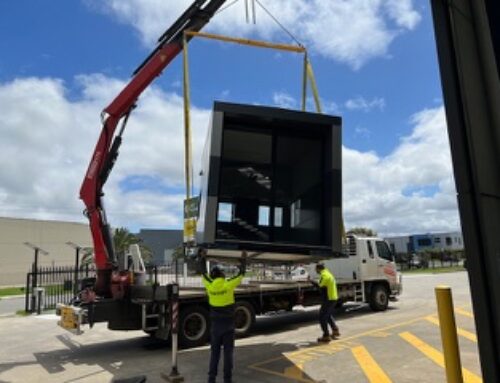
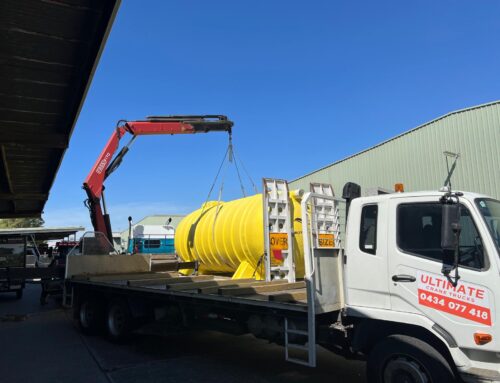

Leave A Comment